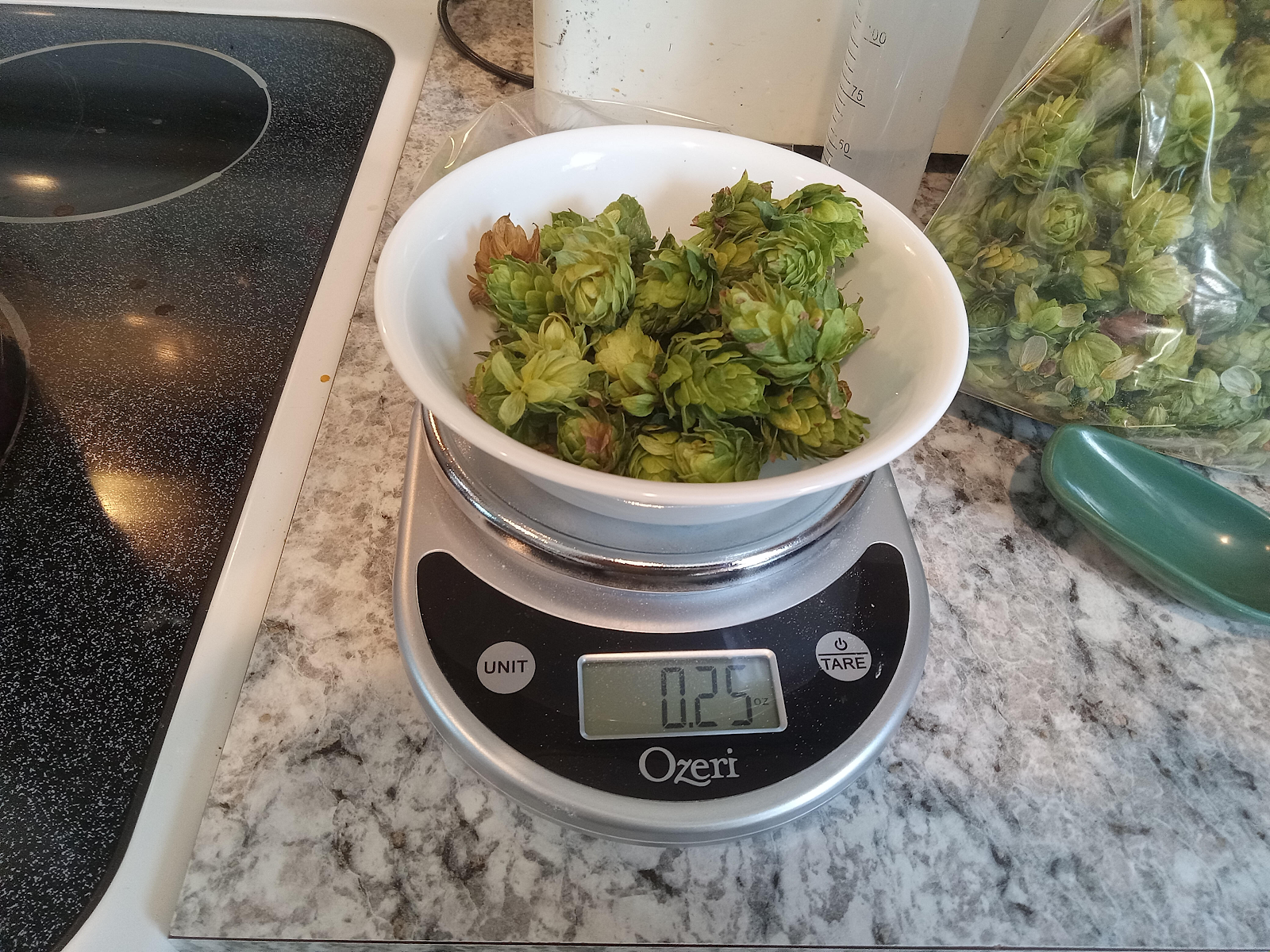Last year, before my series of surgeries, I set out to prove to myself that a beer could be grown and brewed entirely within the confines of a small farm. This has been successfully attempted recently by a man on YouTube calling his experiment the "50 Meter Beer Project," but there was once a time when he was not the exception. All Old World farmers grew and malted their own grain as well as maintained their own yeast cakes for hundreds or thousands of years. Only relatively recently has this skill set been lost, or in the case of Prohibition, outlawed.
With Prohibition safely behind me, I set out to recreate to the degree possible the ingredients necessary to brew a simple beer. I would at a minimum need barely, hops, water and yeast. I planted winter rye before my surgery, which did quite well until the deer decimated it; spring barley, which was marginal; and hop rhizomes. The water I obtained from the well leaving my only actual purchase the small amount of yeast necessary to ferment the beer wort.
Harvesting was as much a pain in the neck as for my most ancient forebears. I had to cut down the grain by hand, separate the grain heads and thrash the seed out. Grinding, however, was made easier by a modern grain mill.
The roughly 50-50 mixture of malted barley and rye was then steeped in a makeshift mash tun at 145 f. and then 160 f. in two stages. This process awakens enzymes which convert starches into fermentable sugar.
The beer wort consists of the run-off and any sparges from the grain bag.
These are then boiled to pasteurize and sanitize the product.
Freshly picked hops are added in the final 30 minutes of the boil. Here they are being weighed.
Finally the wort is poured into sanitized containers with yeast added for fermentation. A week later fresh beer is bottled.
The beer turned out very well. It had a bold yet smooth malt flavor with just enough hops for a hint of bitter. The beer felt thick and viscous due to the generous grain additions, very unlike a modern commercial beer. I taste test it here:
Overall I count this experiment as a success. The one ingredient that I had to buy was the yeast, although it is possible to cultivate your own yeast strain. Wild, untested yeasts are as likely to ruin your beer as ferment it, and will also take much longer due to their being unaccustomed either to high sugar or alcohol levels. Champagne yeast is an Old World strain from France used to ferment wine. It is an ancient organism that suits the farm house style, and quite cheap compared to beer yeasts. This would be an even better compromise than the bread yeast I used. One other option, which I did resort to in a smaller batch made from the same grain was a gallon of beer fermented with sourdough starter. As you might expect, this did ferment well, and was in fact cultivated on the farm, but it made a sour beer -- an acquired taste for most drinkers.
-CP
P.S. Leave a comment if you've ever tried your hand at home brewing









Comments
Post a Comment